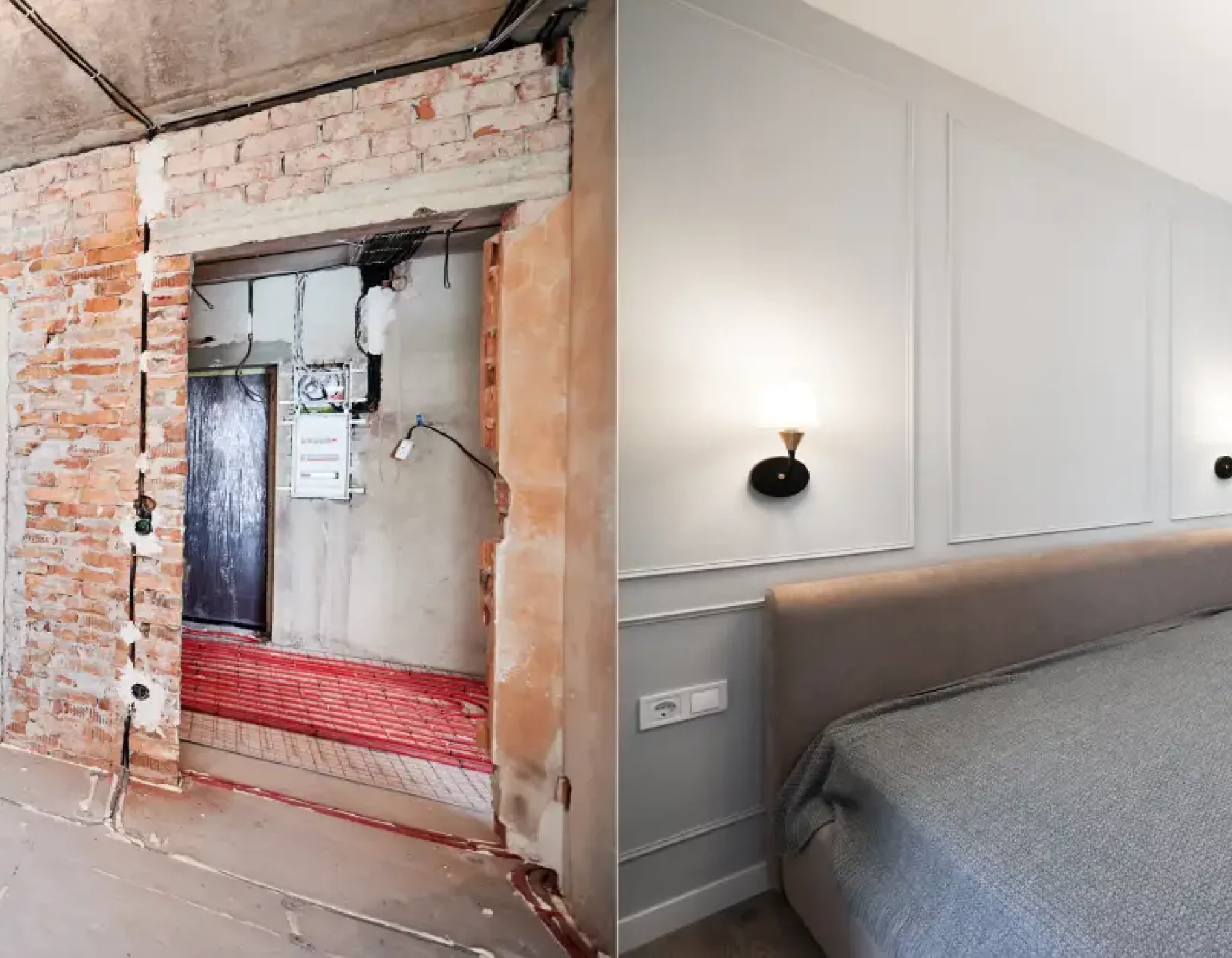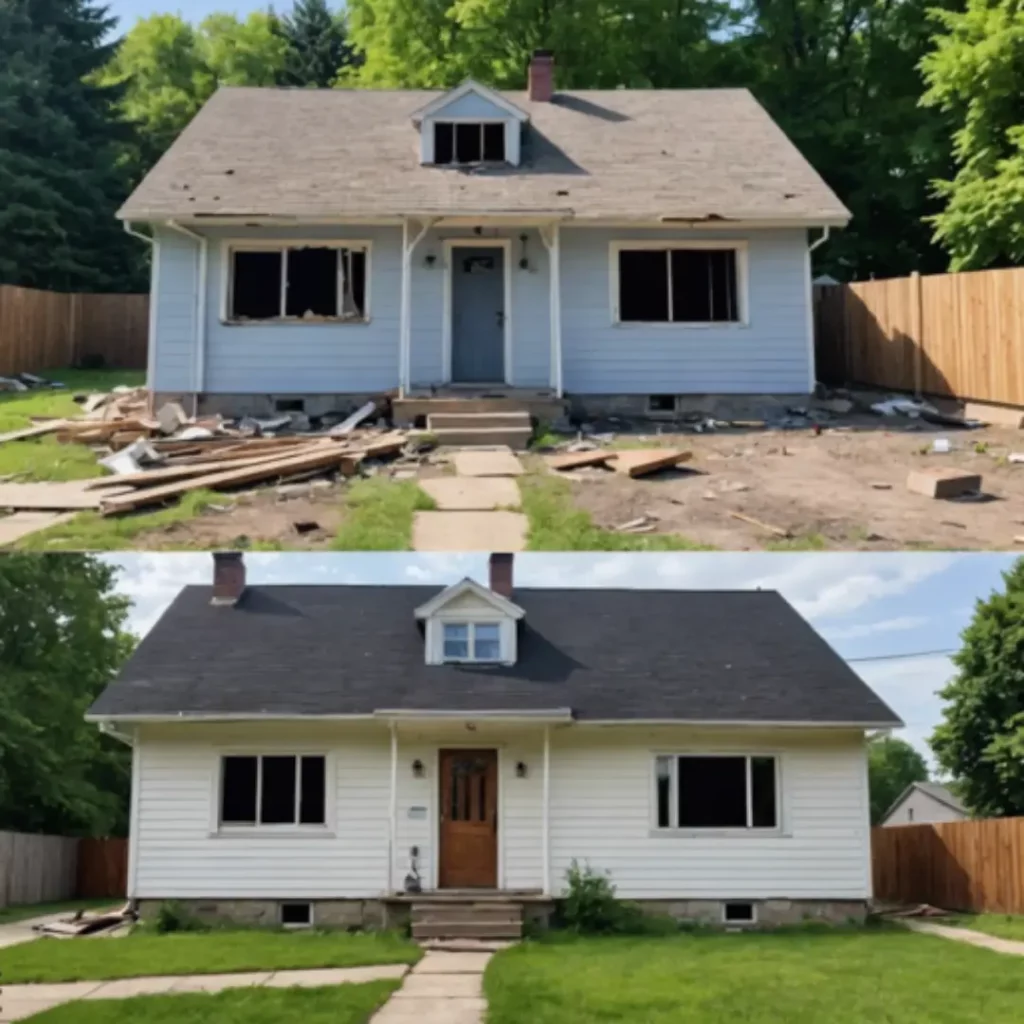Fix & Flip
Fix-and-flip, a dynamic investment strategy in real estate, involves acquiring properties at discounted rates due to their dilapidated state and renovating them for profitable resale. Investors identify properties with untapped potential, revitalize them through comprehensive renovations, and leverage their expertise to maximize market value.
This multifaceted approach demands adept project management skills, financial acumen, and market knowledge. Ultimately, successful resale showcases the property’s allure to buyers, yielding substantial profits for savvy investors.
The Three Categories Of Flips
There are three main types of flips: wholesaling, “wholetailing” and the best known, fixing and flipping.
1. Wholesaling a property offers investors three distinct approaches. First, they can assign the purchase contract directly to the subsequent buyer, transferring their rights and obligations.
Alternatively, investors may engage in a double escrow arrangement, with two escrow accounts
opened concurrently for the initial purchase and subsequent sale. Lastly, investors can swiftly
purchase and resell a property without renovations, capitalizing on market demand and turnaround speed.
2. Wholetailing is a strategic approach in real estate involving acquiring a property, conducting a swift cleanup or minor refurbishment, and reintroducing it to the market via a multiple listing
service (MLS). This method targets investors or end users seeking hassle-free properties, leveraging the convenience of the MLS platform for a swift and profitable transaction.
3. Fixing and flipping is a core real estate investment strategy involving acquiring a property and conducting a comprehensive remodel to enhance its value. The revitalized property is then listed
on an MLS platform, attracting potential end users seeking a turnkey residence.
This approach requires meticulous planning, diligent execution of renovation tasks, and adept marketing strategies to maximize appeal and profitability in the competitive market.



